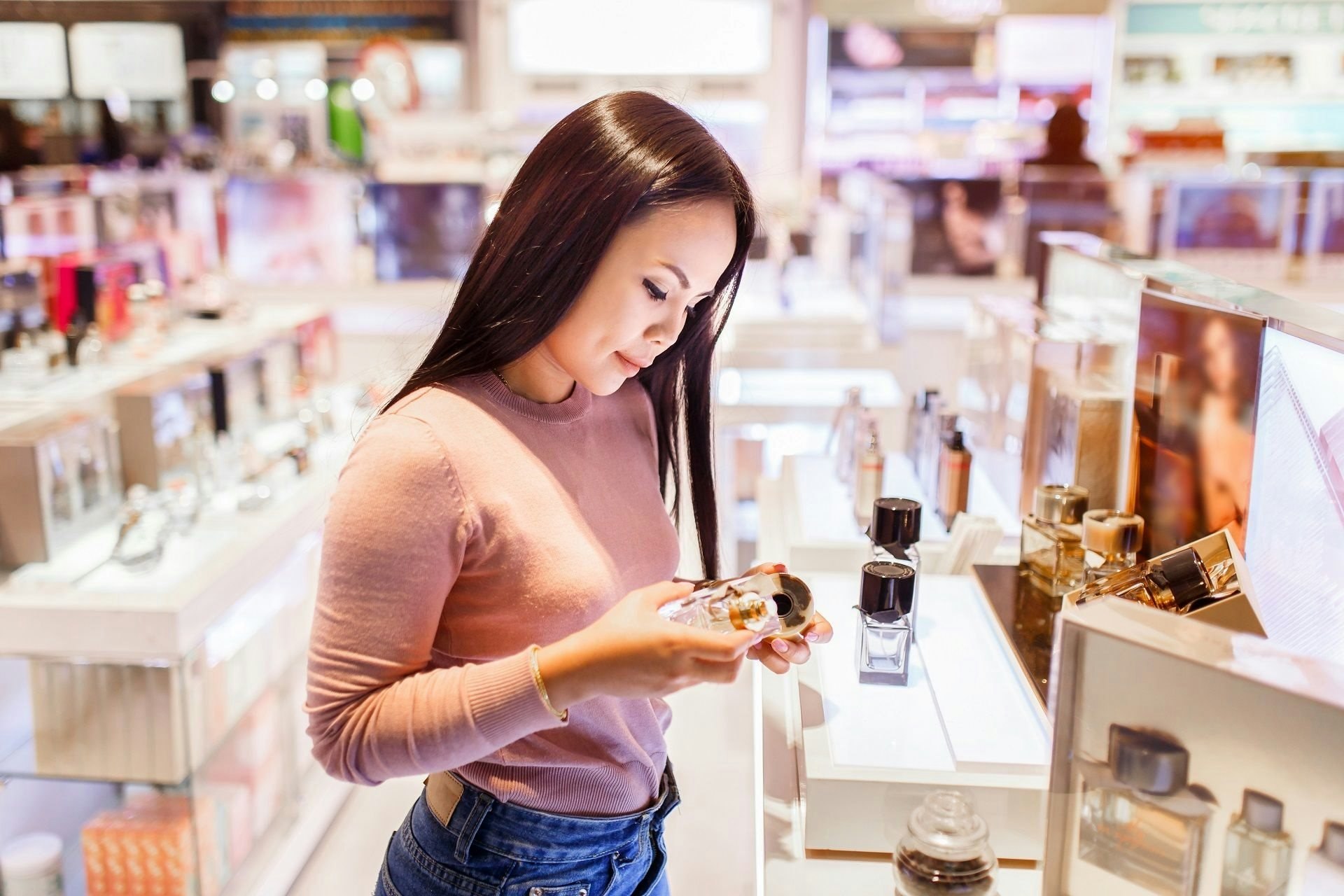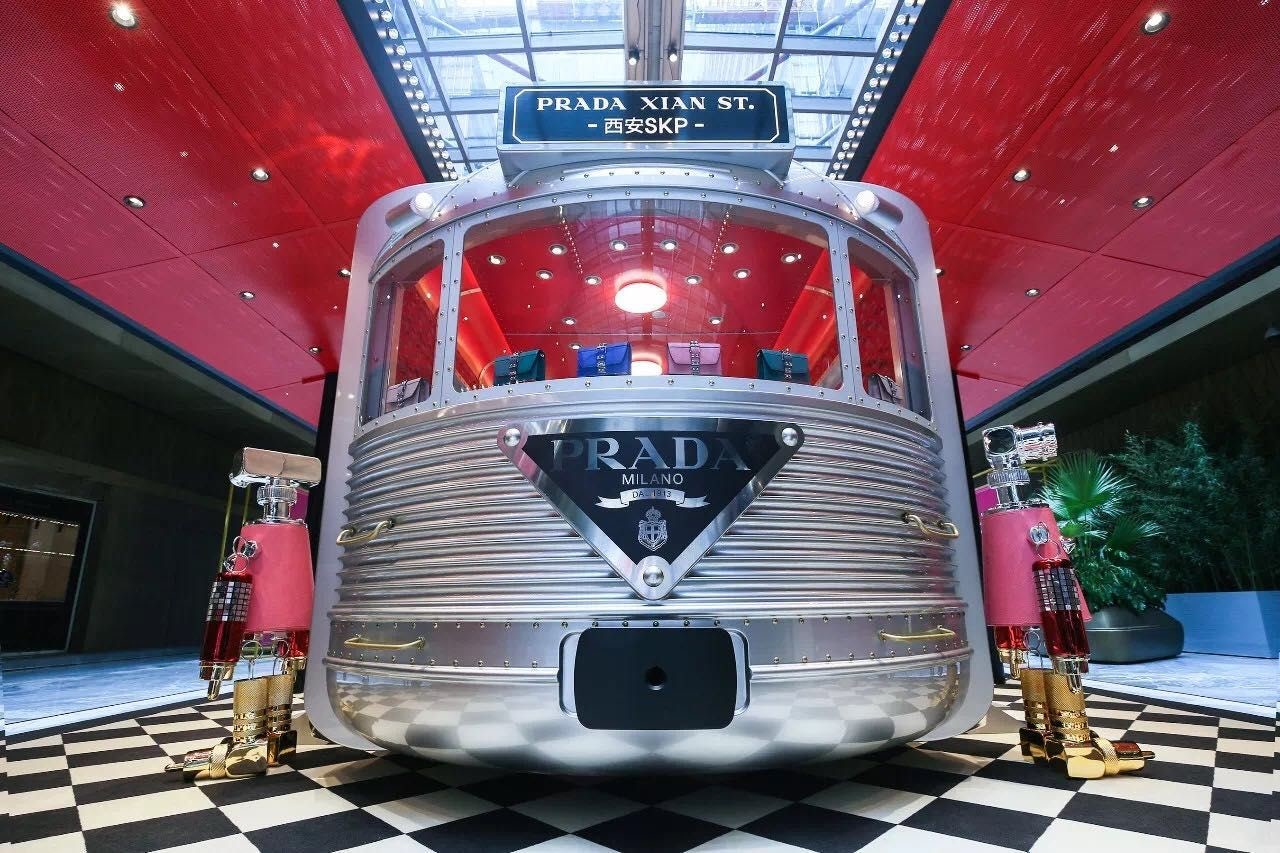For years, luxury brands have capitalized on airports to convey a prestigious and international image through visually striking billboards. More recently, however, airport outreach has been evolving towards a more lively approach to better align with Chinese consumers’ need for experiential luxury. This evolution represents a major milestone as airports are adding a new feature to their traditional transportation and shopping functions: entertainment.
Today, airports combine unique characteristics that brands should leverage to trigger quality interactions with their audiences.
New digital solutions to enhance the passenger experience#
A fierce competition led by shopping malls has pushed airports to upgrade their advertising space offer and welcome new digital formats. Innovations such as AI powered-personal concierge or real-time messages are becoming more popular in international airports and give brands more possibilities to create engaging content.
The most impressive evolution is certainly the one taking place at Guangzhou Baiyun International Airport--known as “Asia’s most digitalized airport platform.” This was the location selected this year by cognac brand Remy Martin to create an impressive digital takeover for its VSOP Limited Edition cognac, with a high-end, experience-oriented, digital advertising space. The installation features a giant set of video panels mounted on a ceiling in the airport’s second terminal that advertise the cognac in an “immersion tunnel.”
An unrivaled waiting time conducive to in-depth experiences#
Frequent long waiting times are a feature of most airports and the great majority of brands must take advantage of it. The Airport Council International (ACI) estimates that passengers spend an average of three hours on-site before boarding. In this context, visitors become more receptive to entertaining experiences and breaking the monotony of the wait.
JCDecaux Momentum Shanghai Airport Advertising Co., Ltd. partnered with Louis Vuitton to deploy the “Time Capsule” exhibition at Shanghai’s Hongqiao International Airport early this year. The exhibition invited visitors to explore the different models of the iconic trunk released throughout the brand’s history. This was the first time that Louis Vuitton chose to set up its exhibition in an airport, reinforcing its position inspired by "the French art of travel.”
This kind of immersive experience will play a major role to retain visitors on-site as Chinese airports rely on new technologies to shorten the time allocated to security checks.
The perfect venue for drive-to-store activations#
In a recent study, McKinsey revealed that Chinese consumers increasingly follow their emotions when it comes to buying luxury products. Nowadays, “one in two of their purchases is decided in a single day.” A lengthy waiting time, combined with numerous luxury boutiques and affordable prices make airports the ideal location for impulsive purchases, be it for gifting or personal use.
Although already representing 26 percent of all luxury purchases made by Chinese travelers overseas, airport duty-free is going to play an even more important role in the future. Some brands already capitalize on this by turning duty free shops into a more enjoyable shopping experience with drive-to-store activations and creative pop-up stores.
This summer, Saint Laurent Beauté created a one-of-a-kind event featuring four Chinese KOLs for the launch of its pop-up store at Los Angeles International Airport. Tailor-made for the Chinese audience, the “Dare to Stage L.A.” event showcased an exclusive station to customize one’s YSL lipstick with stickers and an engraving service.
In China, cosmetic behemoth Lancôme partnered with French digital agency Phoceis to develop a digital activation based on the famous WeChat “shake” function in Shanghai and Hong Kong. Passengers were invited to use the WeChat shake function to get a digital coupon and redeem it at Lancôme’s nearby duty-free store.
Airport advertising is going through one of its most important evolutions of the past decades. Airports are now considered “the shopping malls of modern times and one of the most effective ways for luxury brands to engage target markets worldwide.” This new advertising landscape is set to give airports an ever more prominent role in China’s luxury business in coming years, with more actions taken towards entertainment and uplifting experiences.
Rémi Blanchard is a strategic planner who has been sharing his expertise on Chinese digital trends and consumers with some of the world’s most prestigious luxury brands.


